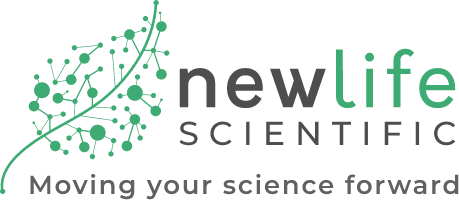Incubators with shakers are laboratory devices for simultaneously incubating and shaking samples at predetermined speeds and temperatures. These instruments are standard in microbiology, biotechnology and molecular biology for facilitating the cultivation and growth of cells, enzymes and microorganisms. They are ideal for facilities researching cell culture, cell aeration and solubility.
The primary benefit of a shaking incubator is that it combines an incubator and shaker in one device, eliminating the need for multiple instruments. These devices simplify applications by reducing space, improving speed, increasing process control and delivering consistent temperature and moisture conditions.
When Were Incubating Shakers Invented?

Incubators were present thousands of years ago in ancient Egypt and China for keeping chicken eggs warm. Their use revolutionized food production, allowing chicks to hatch from eggs without a hen sitting on them. The hens were then able to lay more eggs in shorter periods.
Orbital shakers initially emerged in laboratories in the 1930s for fungal culture applications. Their primary role was evenly distributing nutrients throughout a sample. The original shakers allowed researchers to establish critical parameters like speed range, shaking throw and the orbital movement needed for optimal growth.
When scientists first developed incubators with shakers in the 1960s, laboratories mainly used them to screen antibiotics and other bacteria. In the 1970s, these devices enabled microorganism growth under predetermined environmental conditions.
How Incubating Shakers Have Evolved Over Time
The first incubating shakers had large, free-standing designs and required separate climate-controlled rooms. Although these systems were sufficient for screening, facilities needed higher-performing systems for space efficiency and to control multiple variables within the same process. In the 1990s, scientists introduced stackable shakers to optimize laboratory space, maximize handling and prevent spills.
The early 2000s led to a new generation of shaking incubators with designs ideal for gentle mixing, including the capacity to measure and control several parameters simultaneously, like carbon dioxide gassing and relative humidity percentage. By 2020, digitization enabled data integration to enhance the screening and validation processes.
Many of today's incubating shakers feature intuitive programming with even more parameter controls, like speed, temperature, photosynthetic lights and ultraviolet light decontamination. Researchers can preprogram these systems to make changes automatically whenever needed throughout the process.
Shop All Used Incubating ShakersDiscover More With New Life Scientific
New Life Scientific carries an extensive range of pre-owned incubating shakers for sale, all backed by our comprehensive warranties and superior customer service. Explore our options to find the perfect device for your unique application. Contact us online today with questions or to obtain additional information.





















